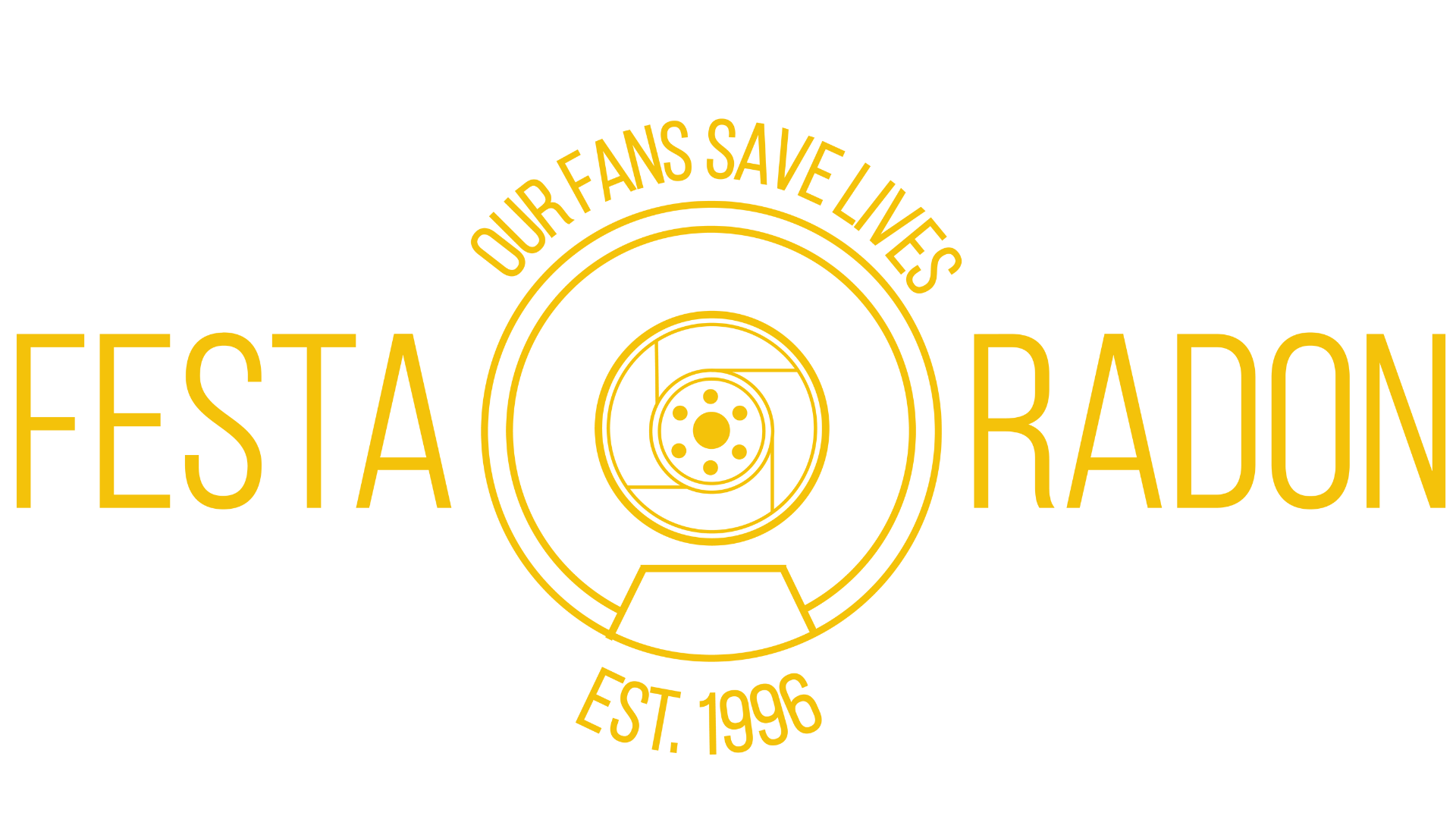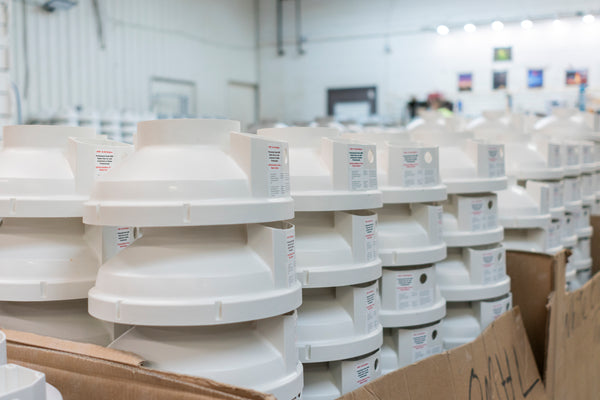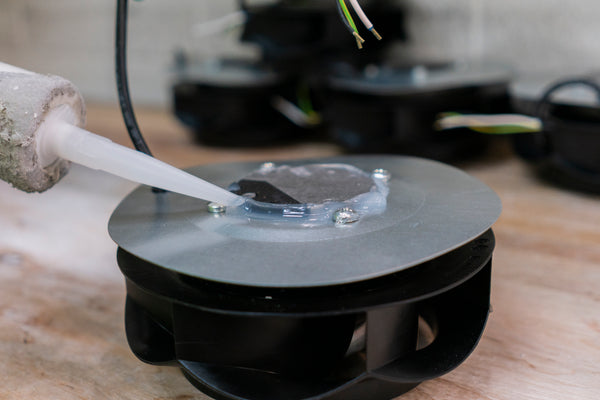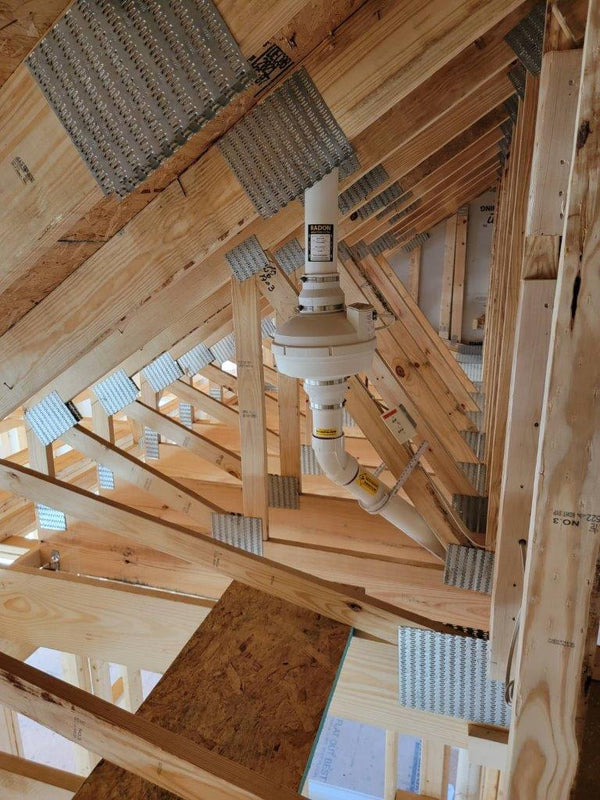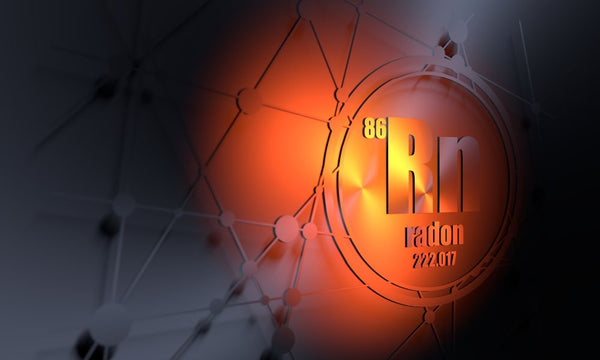
What Is Radon Gas and Why Is It Dangerous?
If you’re a new or seasoned homeowner hoping to increase safety in your home, you’ll do well to understand what radon gas is, what it does, and why it’s dangerous. When most people hear the word “radon,” they only know it’s dangerous to have in the home. However, if you’re serious about radon mitigation in your home, you should know how it works and how it harms individuals’ health.
Festa Radon Technologies is committed to helping homeowners rid their homes of carcinogenic radon gas. With this comprehensive guide to the dangers of radon gas, we hope to educate you more thoroughly on the havoc unmitigated radon can wreak.
What Is Radon Gas?
Radon is an odorless, colorless, inert gas. It’s number 86 on the periodic table of elements, classifying it as a noble gas. Radon, as its name implies, is also highly radioactive.
Outdoors, radon occurs naturally in the atmosphere in small amounts. If you’re walking around outside, you don’t have to worry about breathing in dangerous amounts of radon. The danger begins when radon accumulates in enclosed spaces, such as a home.
How Does Radon Enter the Home?
The ground surrounding your home is made up of several elements and minerals mixed together in the dirt. Radioactive materials like uranium exist in the ground in small amounts, and over time, they begin to break down.
When materials in the ground like uranium, thorium, and radium break down, they release by-products of the breakdown reaction. One of those by-products is radon gas.
Therefore, radon tends to creep into homes and buildings through their foundations. If there are any cracks, gaps, or holes in your concrete slab, radon gas particles can travel through those cracks and accumulate in your home.
Other Potential Radon Sources
Radon can also enter your home through gaps in construction joints or openings near plumbing pipes. Inspect your home to ensure that piping, wiring, and joints are all solidly connected.
Or does your home get water from a well? Drinking underground well water can also expose you to radon gas, which is known to build up underground.
How Is Radon Harmful?
Radon exposure is the second leading cause of lung cancer in Americans, right behind cigarette smoking. Inhaling radioactive materials is never a good idea for your health.
Lung Damage
When you breathe in radioactive radon gas particles, they can get stuck in your lungs. Then, the radioactive decay process continues even inside your body. When those radon particles disintegrate inside your lungs, they release tiny bursts of energy that damage lung tissue.
Because of this, years of unmitigated radon exposure can lead to lung cancer. And unlike carbon monoxide, which causes short-term symptoms like fatigue and dizziness, radon does not give you early warning signs of exposure.
Exacerbating Factors
Cigarette smokers are exponentially more likely to contract lung cancer if they are exposed to high levels of radon. If you smoke, consider quitting the habit as you shop for radon mitigation fans for your home. This will help protect yourself from all angles.
In addition, the more time you spend in a home or building with elevated radon levels, the more likely you are to contract lung cancer. Have you been living in your current home for more than five years? If you haven’t given radon mitigation a second thought, now is the time to do so.
How Do I Test Myself for Radon?
There is no medical test that measures radon exposure in the human body. And as discussed before, there are also no short-term symptoms of radon exposure in humans.
However, if you test your home for radon and discover elevated levels, schedule an appointment with your doctor to discuss your risk. If you also smoke cigarettes or work in an occupation that exposes you to excess radon, you may qualify for a lung cancer screening.
How Do I Test My Home for Radon?
The adverse health effects of radon exposure are so well known at this point that radon test kits are both affordable and easy to procure. There’s no downside or hassle to performing a radon test in your home.
Purchase a radon test kit and follow the instructions inside, setting it up in the lowest lived-in level of your home. Let it sit for 48 to 96 hours, then send the kit off to the lab according to the instruction manual. The lab will respond promptly, usually within a week, with your results.
Pro Tip:
Before you set up your radon test kit, close all your doors and windows. Extra ventilation in your home temporarily decreases radon levels and may give you an inaccurately low reading.
How Do I Decrease Radon Levels?
If you get your test results back and they indicate radon levels of more than 4 pCi/L (picocuries per liter of air), you’ll need to install a radon mitigation system.
Radon Mitigation Fans
The most popular radon mitigation solution for homeowners is installing a fan that vents radon out of your home. Festa Radon manufactures radon fans for a variety of unique applications; the AMG Eagle extreme radon fan is unmatched in its ability to pull radon safely out of your home.
Basement Floor Sealing
Remember how radon enters your home? If you have cracks, gaps, or holes in the concrete slab in your basement, they’re probably contributing to the excess radon in your home. In conjunction with your radon mitigation system, use a non-porous epoxy to fill in those cracks.
Crawlspace Encapsulation
Once you’ve installed a radon fan system in your home, keep the radon suction pit in your basement closed off with crawlspace encapsulation materials. Airtight barriers and tape will keep radon from spreading throughout your home.
Now that you know what radon gas is and why it’s dangerous, do your part to keep this radioactive gas out of your home. Get accurate answers with a radon test kit, and if you do have elevated radon levels in your home, mitigate them with a high-powered fan system.
Long-term radon exposure can cause lung cancer in you and the other occupants of your home. So don’t let radon build up in your lungs for years; vent it safely outside with a mitigation system from Festa Radon Technologies.

